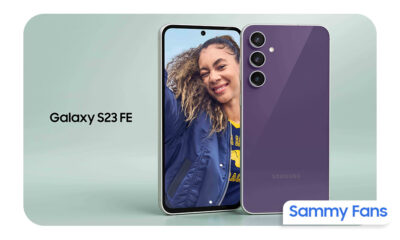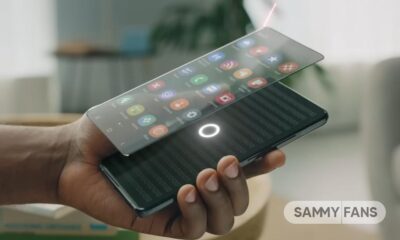Android
Flagship Samsung Galaxy devices should receive 5 Android upgrades
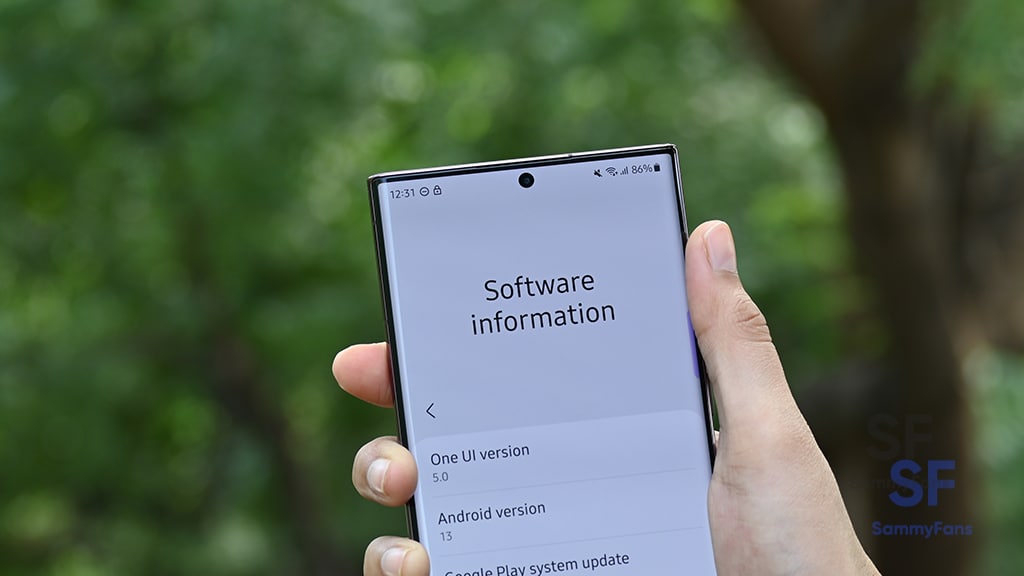
Samsung is the best Android smartphone manufacturer in terms of software and OS updates. The company’s flagship devices are eligible for up to four major Android OS upgrades, in addition to five years of patches. Well now, Samsung needs to revise its policy and give 5 Android upgrades to flagship phones.
Android updates play a key role in improving your smartphone’s usability and performance. Google introduces a new version of the Android mobile platform per year, which brings notable improvements over its predecessor along with new features and functionalities.
Follow Sammy Fans on Google News
Nowadays, software updates (Android & security patches) are an important aspect of smartphones. People love purchasing Android phones that have the best updates support such as new security patches per month and timely Android updates.
Join Sammy Fans on Telegram
Google’s Pixel smartphones support major OS updates for up to three years. At the same time, Samsung supports Galaxy devices with four generations of Android upgrades and five years of regular security patches. Next year, OnePlus is going to ship its next flagship which will have Samsung-like software support.
Samsung has dominated the area with its sizzling security updates distribution. And it forced Google to surrender the Android authority by announcing an additional OS update than Pixel devices for flagship Galaxy phones and select mid-rangers.
Also Read | As it wishes, Samsung will become unbeatable!
Since the Galaxy A54/A74 is getting up to 4 Android upgrades, Samsung should consider bringing up to 5 OS upgrades to consumers who purchased double-priced flagship phones like Galaxy S and Z series. Notably, OnePlus will now give 4 Android updates, so what’s left for Samsung?
Google has a clear Android updates policy for Pixel devices, while, OnePlus has not yet officially confirmed which devices are eligible for 4 OS. The company official just said “select devices launched in 2023,” which suggests older ones will have to end up support with the third major switch.
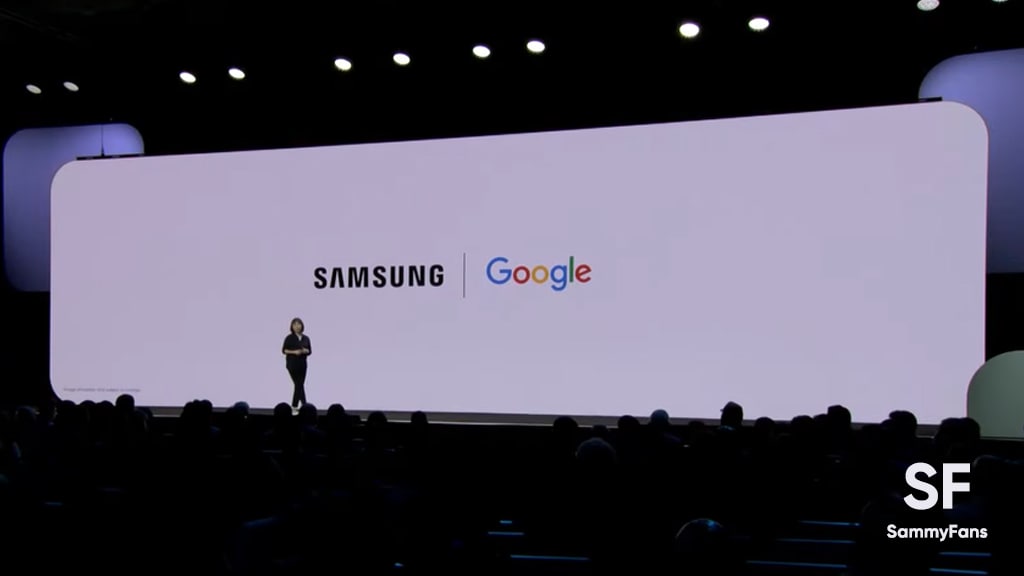
Android
Google unveils Android 16 Developer Preview with exciting features

Google has kicked off the Developer Preview for Android 16, arriving earlier than expected. Usually, these previews begin in February, but Android 16 DP1 is launching three months ahead of schedule this year.
The earlier release of the DP1 is because Google has moved the official Android 16 release from the third quarter to the second quarter of 2025. It aims to ensure that more devices get access to the major Android updates sooner.
Android 16 DP1 is available for several Pixel devices, including the pixel 6, Pixel 6 Pro, Pixel 6a, Pixel 7, Pixel 7 Pro, Pixel 7a, Pixel Tablet, Pixel Fold, Pixel 8, Pixel 8 Pro, Pixel 8a, Pixel 9, Pixel 9 Pro, Pixel 9 Pro XL, and Pixel Pro Fold, as well as the Android Emulator. It can be identified through version BP21.241018.009.
![]()
The Android 16 Developer Preview brings new features for app developers. It brings a system photo picker that will help apps give users a smoother, more integrated way to select photos without needing extra permissions.
Another new feature is Health Connect, which lets apps access and manage medical records in FHIR format, but only with user permission. The update also includes the latest version of the Privacy Sandbox for privacy protection.
This preview program runs from November 2024 until the final public release next year. Android 16 Beta Program will begin in January, with the final stable release expected in Q2 of 2025. Stay tuned for more updates.
Android 16 to make Quick Settings access easier with one-finger swipe
Android
Google’s Android 15 QPR2 Beta 1 update is now available

Google has released the first beta of Android 15 QPR2 for Pixel users. The update can be identified via build version BP11.241025.006. However, users are also waiting for the stable release of Android 15 QPR1 in December this year.
Android 15 QPR2 Beta 1 update comes with the November 2024 security patch. It is available for a wide range of Pixel devices, including Pixel 6, Pixel 6 Pro, Pixel 6a, Pixel 7, Pixel 7 Pro, Pixel 7a, Pixel Tablet, Pixel Fold, Pixel 8, Pixel 8 Pro, Pixel 8a, Pixel 9, Pixel 9 Pro, Pixel 9 Pro XL, and Pixel 9 Pro Fold, as well as the Android Emulator.
Quarterly Platform Releases are updates that bring more noticeable changes and new features compared to the usual monthly bug fixes. These updates are perfect for testing out bigger UI changes or new features that don’t need to wait for a full Android version release.
![]()
The QPR2 Beta 1 is the second major update for Android 15, with the final version expected to launch in March 2025 (via 9to5Google). This update brings the usual bug fixes, security enhancements, and new features to test.
Users participating in the beta program are advised to report any issues via the Android Beta Feedback app, easily accessible through the app drawer or Quick Settings. Install the update now to get an enhanced experience.
Android 16 to make Quick Settings access easier with one-finger swipe
Android
Android 16 to make Quick Settings access easier with one-finger swipe
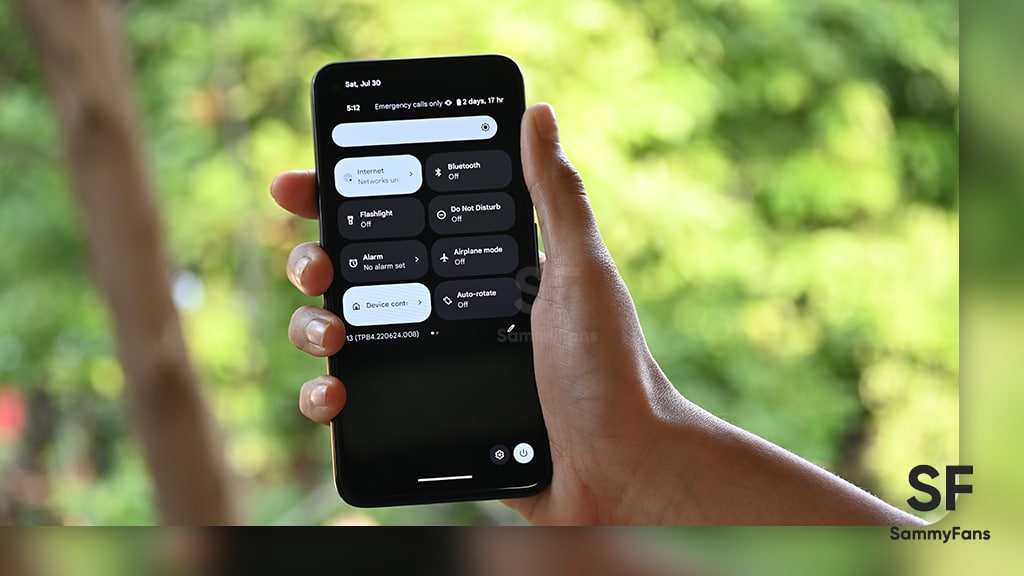
Google is reportedly going to bring an interesting change with Android 16, which will no longer require two fingers to pull down the Quick Settings panel. Previously, there were concerns that users would need to swipe down with two fingers to bring up the Quick Settings. Fortunately, Google has decided to simplify this process.
With Android 16, accessing the Quick Settings will only require a single-finger swipe down on the right half of the status bar. The one-finger swipe access aligns it more closely similar to other Android manufacturers, like OnePlus and Samsung, have designed their systems.
Several users didn’t like the idea of needing two fingers to swipe down, as it felt more awkward and less convenient. By switching to a single-finger swipe for Android 16, Google will make it easier for users to manage their settings with less effort. A well-known tipster Mishaal Rahman (via Android Authority) spotted the code for this Quick Settings change.

However, the new design still lacks the ability to swipe seamlessly between the notifications and Quick Settings panels. Hopefully, Google will add this feature before the official release.
In addition to the swipe change, Android 16 will introduce resizable Quick Settings tiles and better categorization to help users find specific settings more easily.
However, these features are still being worked on and may not be fully ready in the current beta. They are expected to roll out in the final Android 16 release, which is expected in mid-2025.

